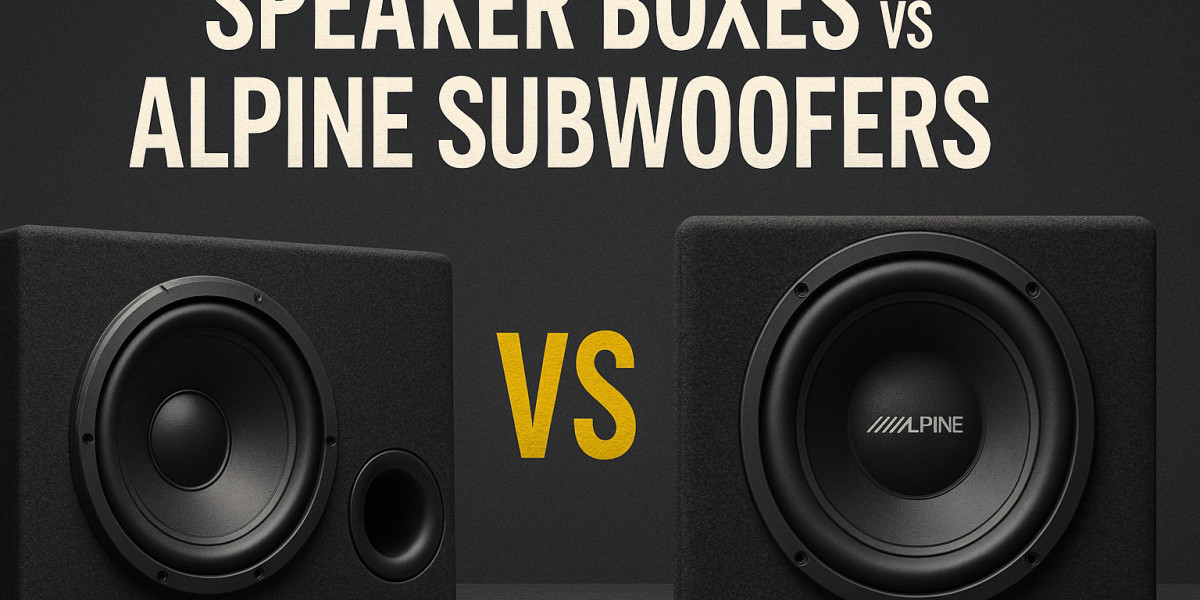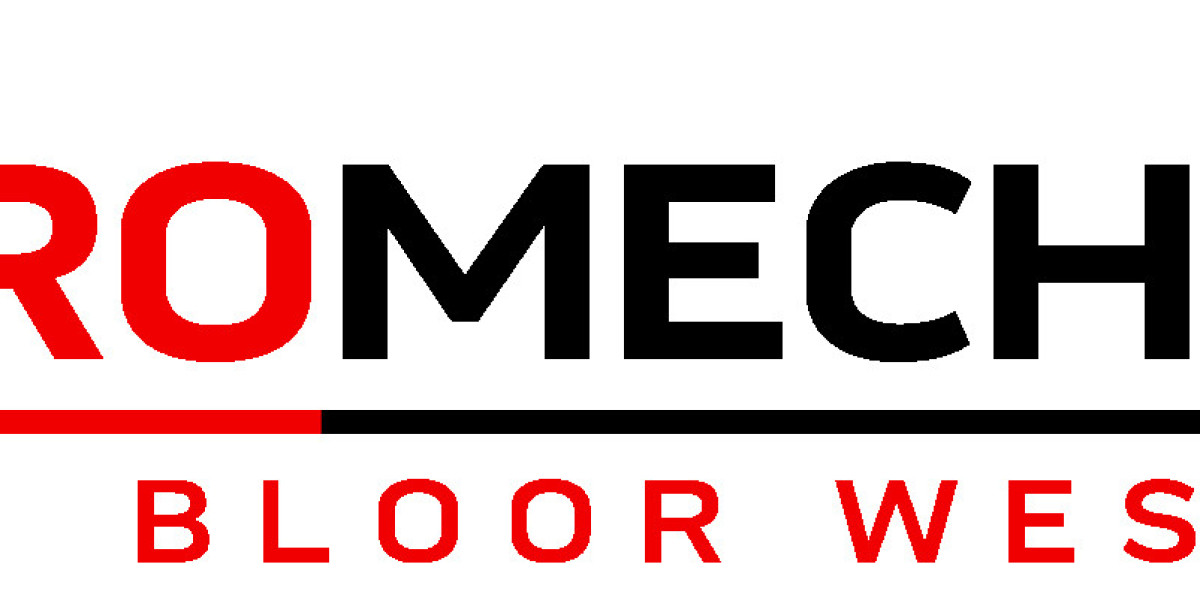When it comes to building a high-performance Alpine car audio system, one of the most critical—but often overlooked—elements is correctly matching your Alpine subwoofers with the right speaker boxes. A subwoofer is only as powerful as the enclosure it’s installed in. Without the proper box, even the best subwoofer can sound muddy, underpowered, or distorted.
In this guide, we’ll walk you through everything you need to know about selecting the right speaker box for your Alpine subwoofers and why this step is essential for achieving peak sound performance. We’ll also explore how the rest of your setup, including your Alpine radio and double din radios, contributes to optimal audio results.
Why Speaker Boxes Matter for Subwoofer Performance
Many car audio beginners assume that buying premium alpine subwoofers guarantees amazing bass. While quality certainly matters, the speaker box you use dramatically affects the sound output.
A speaker box helps manage air pressure, resonance, and frequency response. It also protects the subwoofer and determines how efficiently it uses the power from your amplifier and head unit. The wrong enclosure can:
Muffle or distort bass frequencies
Cause rattling or vibration
Reduce overall output and clarity
To unleash the full potential of your Alpine car audio system, proper box selection is just as important as the subwoofer itself.
Understanding the Types of Speaker Boxes
There are three main types of speaker boxes used in car audio systems, each suited to different sound goals and vehicle sizes. Let’s break them down:
1. Sealed Enclosures
These airtight boxes offer tight, accurate bass. They're excellent for music genres that require clarity, such as rock, classical, or jazz.
Best For:
Alpine subwoofers that prioritize precision
Compact vehicles with limited space
Listeners who value clean, controlled sound
2. Ported (Vented) Enclosures
These boxes feature a vent or port that enhances airflow, boosting output and low-end extension. They’re great for deeper, louder bass and are popular among hip-hop, EDM, and bass-heavy music fans.
Best For:
Alpine subwoofers with high power handling
Large vehicles with enough trunk space
Users who crave booming, resonant bass
3. Bandpass Enclosures
A hybrid between sealed and ported, bandpass boxes are designed for maximum output within a narrow frequency range. They’re loud but often less accurate.
Best For:
Show systems or SPL competitions
Users seeking volume over tonal quality
Matching Alpine Subwoofers with the Right Box Specs
Alpine subwoofers come with detailed specifications that recommend ideal enclosure volumes, port dimensions (if needed), and other performance parameters. Matching these specs with your chosen speaker box ensures optimal sound quality and subwoofer longevity.
Key Factors to Consider:
Subwoofer Size (10”, 12”, 15”)
Box Volume (measured in cubic feet or liters)
Tuning Frequency (for ported boxes)
Material & Build Quality (MDF, fiberglass, etc.)
Mounting Depth
? Tip: Always refer to Alpine’s product manuals or online support for specific enclosure recommendations for your subwoofer model.
How Your Alpine Radio Plays a Role
The alpine radio (especially high-end models and double din radios) gives you the tools to fine-tune your sound after installation.
Alpine Radio Benefits:
Built-in crossovers to manage frequencies sent to subwoofers
EQ settings to balance bass, mid, and high frequencies
Subwoofer level control directly from the head unit
Phase and time alignment to optimize sound staging
Alpine’s double din radios, such as the iLX-W670 or Halo series, offer advanced sound tuning interfaces that help you make the most of your subwoofer and speaker box combo.
Real-World Example: Perfect Pairing for Performance
Let’s say you choose the Alpine S-W12D4, a 12-inch subwoofer from Alpine’s S-Series line. According to Alpine’s specifications:
Sealed Box Volume: 0.55 – 1.0 cu. ft.
Ported Box Volume: 1.0 – 1.5 cu. ft.
Tuning Frequency (for ported): ~35 Hz
You would select a speaker box built within that volume range, made from at least 3/4" MDF, with internal bracing and carpeted finish for durability. This match ensures you get the hard-hitting, low-frequency performance the subwoofer is capable of—especially when fine-tuned using your Alpine radio.
Additional Installation Tips
Use Polyfill: Adding polyfill inside sealed boxes can improve bass response by slowing air movement.
Secure Mounting: Ensure the speaker box is firmly mounted to avoid vibration and safety issues.
Check for Air Leaks: Especially in sealed enclosures, leaks compromise performance.
Use the Right Wiring: High-quality wiring from your amp to subwoofers avoids power loss.
Enhancing the Whole Alpine Car Audio Ecosystem
Once your subwoofers and speaker boxes are perfectly matched, consider rounding out your alpine car audio system with:
Component speakers for sharp mids and highs
External amplifiers to push clean power to your subs and full-range drivers
A modern double din Alpine radio to act as the control center
Together, these elements create an immersive, high-fidelity audio experience tailored to your vehicle and personal sound style.
Conclusion
Matching Alpine subwoofers with the right speaker boxes is crucial for getting the deep, powerful, and accurate bass that Alpine is known for. It’s not just about buying the biggest subwoofer — it’s about selecting the ideal enclosure, fine-tuning it with your Alpine radio, and creating a harmonious system where every component works together.
From high-performance double din radios to premium amps and enclosures, Alpine car audio offers the tools to build your dream system — one that turns every drive into a concert-like experience.








